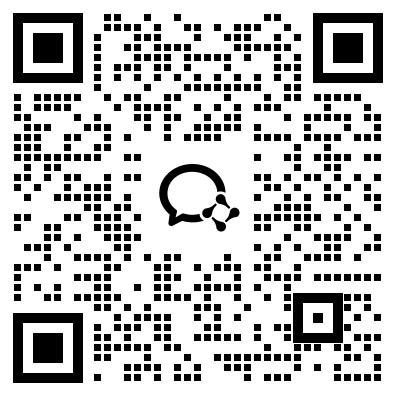惠州市惠城区养老保险服务类业务公开标准目录信息|养老保险数据集|信息公开数据集
收藏开放广东2023-06-05 更新2024-02-29 收录
下载链接:
https://gddata.gd.gov.cn/opdata/base/collect?chooseValue=collectForm
下载链接
链接失效反馈资源简介:
该数据包含了2021年更新的惠城区养老保险服务类业务公开标准目录信息,应用于办事企业和群众查询相关社保业务关于公开主体、公开依据、公开渠道等信息的场景。
提供机构:
惠州市
创建时间:
2023-07-20



